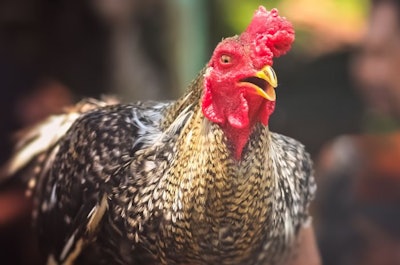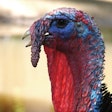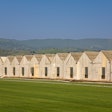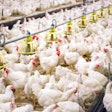
Animal health officials in Colombia are on alert for Newcastle disease, having conducted surveillance at 2,091 farms.
However, within recent months, the virus was confirmed on eight of those 2,091 premises where surveillance was done, according to a report from the World Organisation for Animal Health (WOAH). The affected birds were either backyard flocks, native birds or birds being raised for cockfighting.
These detections occurred one year after the WOAH, formerly known as the OIE, recognized Colombia as free of Newcastle disease.
The report noted that as surveillance activities were taking place in the South American country, 83 notifications that were compatible with the presence of Newcastle disease, were received and of those, eight were positive and 75 were negative.
The eight positive cases included:
- A backyard poultry flock of 41 birds in Cañaveral. Symptoms shown included respiratory distress, petechial hemorrhages in the trachea, edema and liver with jaundice. Six of those birds died, while the other 33 were killed and disposed of.
- A flock of backyard poultry living with wild birds in Vereda Cañaverales. Respiratory clinical signs were reported. Thirty birds were susceptible, and one died. The remaining birds were depopulated.
- A backyard flock in Vereda Sandovales, which had been showing respiratory clinical signs. Of the 29 susceptible birds, 25 died and the others were depopulated.
- Three native birds in La Aurora. One bird died and the other two were killed and disposed of.
- A backyard layer flock in Buenavista. The birds had no vaccination records. One bird died and the other 19 were depopulated.
- A flock of unvaccinated fighting cocks and native poultry in Los Lagos. Eight of 47 birds there died, with the others depopulated.
- Native birds showing respiratory signs in Bella Vista. One of 13 birds died, with the remaining birds killed and disposed of.
- Sixty birds at a farm dedicated to raising cockfighting birds in Criadero Viveros. Sixty birds were susceptible and three died. All others were depopulated.
The probable origin of the infection is currently being studied. In total, 168,706 birds have been vaccinated in the intervention zones. Movement restrictions and the prohibition of bird gatherings in the surveillance zones continue.
















